Extreme sports and adventure stunts can be exhilarating, offering a rush that makes you feel truly alive. But there’s a fine line between thrill and danger. It’s easy to get caught up in the adrenaline and forget about the potential risks involved. Unfortunately, some people have paid the ultimate price for their passion for adventure. Here, we explore some gripping tales of extreme stunts that ended tragically.
1. Base Jumping Off Angel Falls
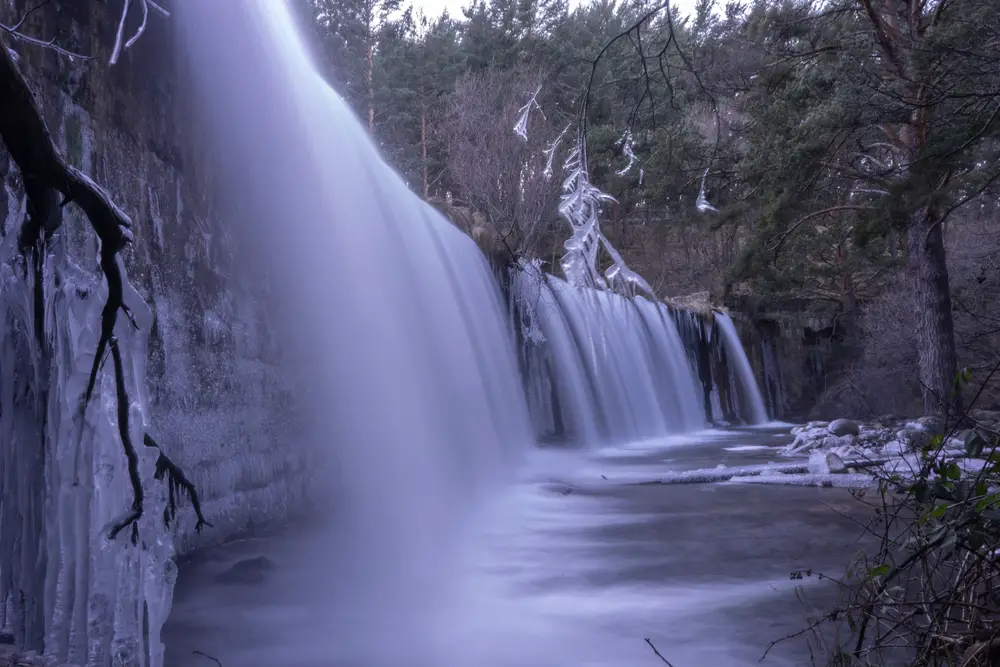
Base jumping is a dangerous sport by any standard, but the allure of leaping off the world’s tallest waterfall is hard to resist for thrill-seekers. Angel Falls in Venezuela attracts adventurers who seek the ultimate free fall. Unfortunately, the remote location and unpredictable weather conditions make it even riskier. One jumper miscalculated the wind speed, causing a fatal collision with the rock face. According to Dr. Eric Brymer, a researcher in extreme sports psychology, base jumping has a fatality rate ten times higher than skydiving, making it a perilous pursuit.
Even experienced jumpers can fall victim to the unpredictable elements. The long trek to the top adds to the exhaustion, impairing judgment when it’s most needed. The intense mist from the falls blurs vision, making it hard to navigate and time the parachute deployment correctly. Some jumpers have also underestimated the altitude, resulting in inadequate parachute openings. Each of these variables can easily turn a dream jump into a deadly mistake.
2. Free Solo Climbing El Capitan
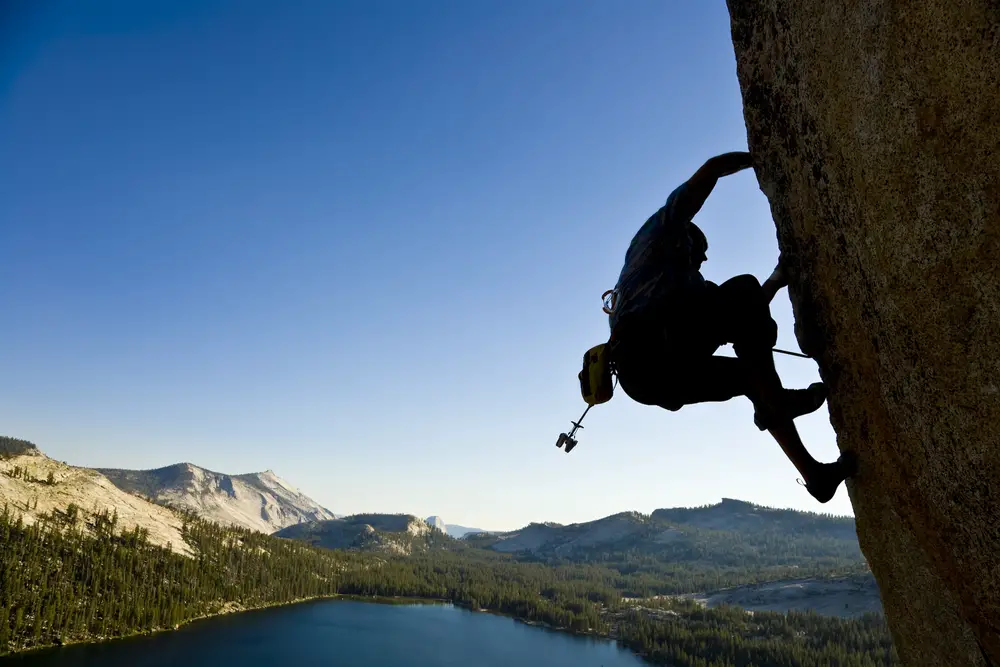
El Capitan in Yosemite National Park is a monumental challenge for any climber, but free solo climbing it—without ropes or safety gear—is a feat only a few dare attempt. The granite monolith stands nearly 3,000 feet tall, and the margin for error is non-existent. Those who attempt it often have years of climbing experience, yet the risk remains sky-high. One climber’s handhold gave way, resulting in a tragic fall to the ground. This serves as a brutal reminder of the stakes involved when you rely solely on your physical ability and mental focus.
The allure of free solo climbing is the pure, unfiltered experience of man against nature. However, the psychological stress and the fear of making a fatal mistake are ever-present. Many free soloists prepare meticulously, climbing the route multiple times with ropes before attempting the dangerous ascent. Despite this, the slightest miscalculation can lead to a catastrophic fall. Such attempts require not only physical strength but nerves of steel and an understanding of the severe consequences.
3. Wingsuit Flying Through Tianmen Cave
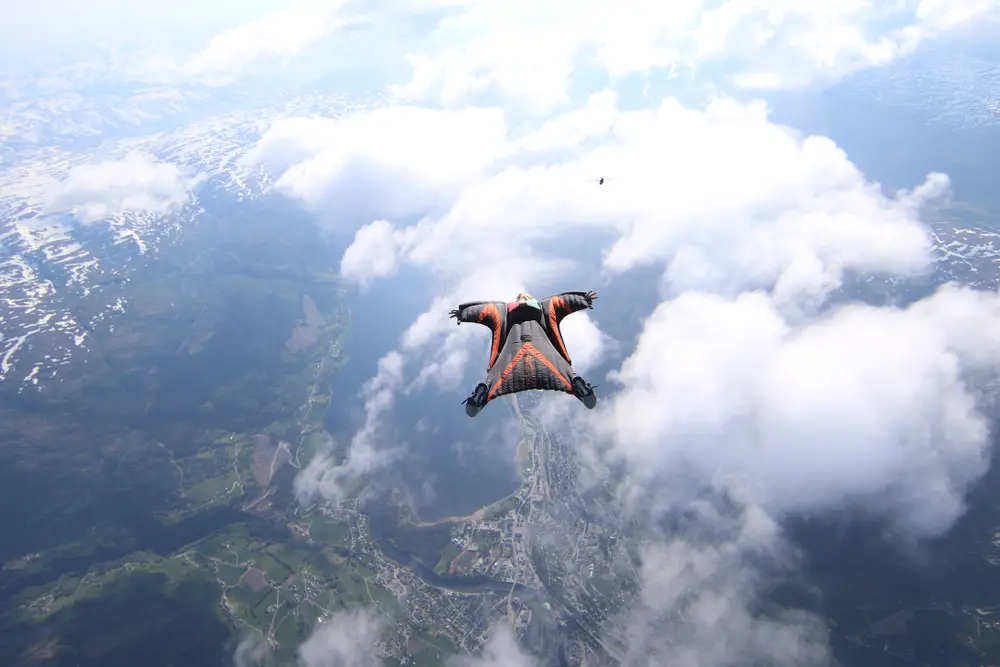
Flying through Tianmen Cave in China with a wingsuit is a dream for many adrenaline junkies. Known as the “Heaven’s Gate,” this natural archway is a daring challenge due to its narrow opening and the high speed required for a successful flight. The thrill of navigating through such a small space at high velocity is unparalleled, but it demands extreme precision. One wingsuit pilot misjudged the approach angle and crashed into the mountainside, resulting in a fatal accident. Dr. Susan Hewitt, an expert in extreme sports safety, highlights that wingsuit flying is one of the most dangerous sports, with a high fatality rate compared to other aerial activities.
Wingsuit pilots are drawn to the sport for the sensation of human flight and the freedom it offers. However, the margin for error is razor-thin. Pilots must possess not only physical skills but also the ability to make split-second decisions under pressure. The mental toll of knowing that one wrong move could be your last is immense. The sport’s inherent risks are a sobering reminder that the pursuit of thrill can sometimes come at too high a cost.
4. Deep Cave Diving In The Blue Hole

The Blue Hole in Belize is a mecca for divers, known for its crystal-clear waters and awe-inspiring depths. However, its beauty belies the dangers lurking beneath the surface. Deep cave diving here requires not only skill but a high tolerance for risk, as it involves navigating labyrinthine underwater tunnels. One diver ventured too deep without adequate preparation, leading to a tragic case of nitrogen narcosis and subsequent drowning. This incident underscores the importance of experience and respect for the ocean’s unpredictable nature.
The allure of exploring the unknown can be irresistible for many divers, who see the Blue Hole as the ultimate underwater adventure. However, the challenges are many; visibility can rapidly decrease, and the pressure increases with depth, distorting judgment. Even the most experienced divers can become disoriented in the maze-like environment. Equipment failure or a lapse in concentration can quickly turn a routine dive into a life-threatening situation. The beauty of the Blue Hole is undeniable, but its dangers are a reminder of the ocean’s unforgiving nature.
5. Highlining Over Yosemite’s Taft Point
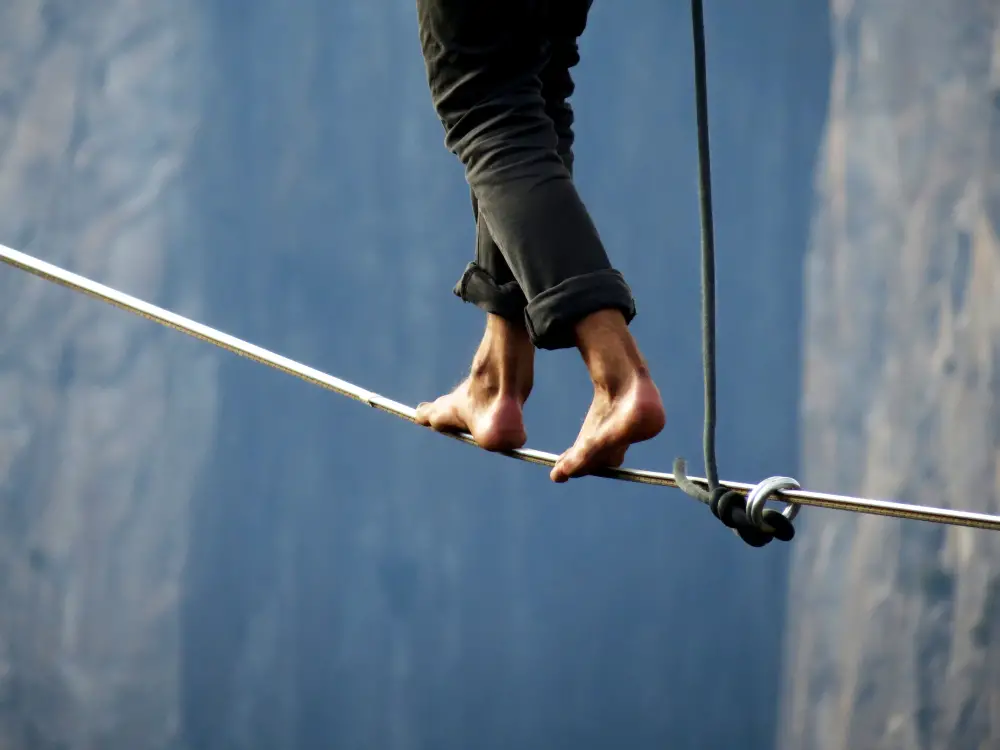
Highlining involves walking on a narrow, flexible webbing stretched between two points, often at dizzying heights. Taft Point in Yosemite National Park is a favorite among highliners for its breathtaking views and challenging span over a 1,000-foot drop. Though most highliners use safety leashes, some daredevils attempt this without any safety gear, a practice known as “free solo highlining.” Tragically, one such highliner lost their balance and fell to their death. According to John Long, a rock climbing historian and expert, the mental focus required for highlining is immense, as any lapse in concentration can have dire consequences.
The appeal of highlining is in the unique blend of physical prowess, mental fortitude, and the thrill of defying gravity. The feeling of walking in the sky, balancing precariously on a thin line, is unlike any other experience. Yet, the risk is ever-present; wind gusts, equipment failure, or simply a momentary lapse in balance can lead to a fall. Highlining demands not just skill but an acceptance of the inherent dangers. Despite the risks, the sense of accomplishment and the view from the line keep drawing adventurers back to the heights.
6. Storm Chasing In Tornado Alley
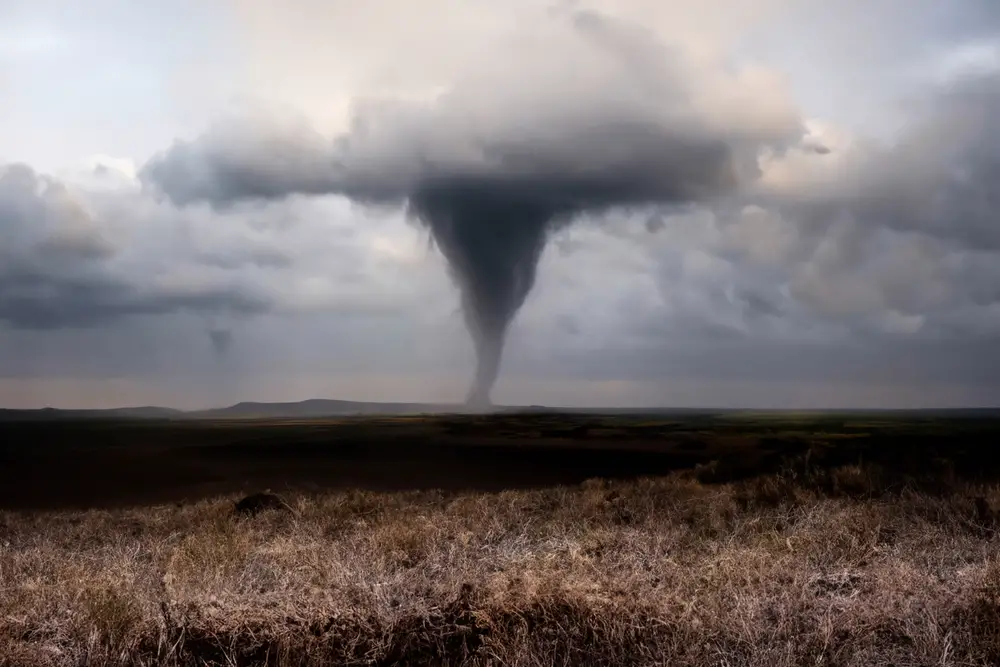
Storm chasing is not for the faint-hearted, as it involves pursuing violent weather systems to capture them on film or study their patterns. Tornado Alley, a region in the central United States, is a hotspot for tornado activity and a magnet for storm chasers. While the adrenaline rush of being close to a twister is exhilarating, the unpredictability of tornadoes makes it a deadly pursuit. One unfortunate team got too close and was caught in the storm’s path, leading to a fatal outcome. This tragic event serves as a reminder that nature’s fury is not to be underestimated.
Storm chasers often equip themselves with advanced technology and vehicles designed to withstand extreme weather conditions. However, the relentless pursuit of the perfect shot can cloud judgment. Tornadoes can change direction in an instant, leaving little time to react, and even the most experienced chasers can find themselves in perilous situations. The thrill of capturing a tornado up close is tempered by the very real risks involved. Despite the dangers, the lure of storm chasing continues to attract those who seek the raw power of nature.
7. Racing The Isle Of Man TT

The Isle of Man TT is one of the most dangerous motorcycle races in the world, held on public roads closed for the event. The combination of high speeds, sharp turns, and narrow streets presents a formidable challenge for any rider. Many racers are drawn to the TT for its history and the chance to push their skills to the limit. Unfortunately, crashes are a common occurrence, with several riders losing their lives each year. Dr. John Adams, a motorsport safety expert, notes that despite advances in safety gear, the TT remains perilous due to the nature of the course.
The thrill of racing through picturesque landscapes at breakneck speeds is unmatched for those passionate about the sport. The TT tests not only the rider’s speed but also their ability to navigate unpredictable conditions and maintain focus. The slightest mistake can have catastrophic consequences, and the margin for error is minuscule. Despite the risk, the race continues to attract competitors from around the globe, driven by the allure of victory and the legacy of racing legends. The Isle of Man TT stands as a testament to the enduring appeal of high-risk racing.
8. Polar Expeditions In Antarctica
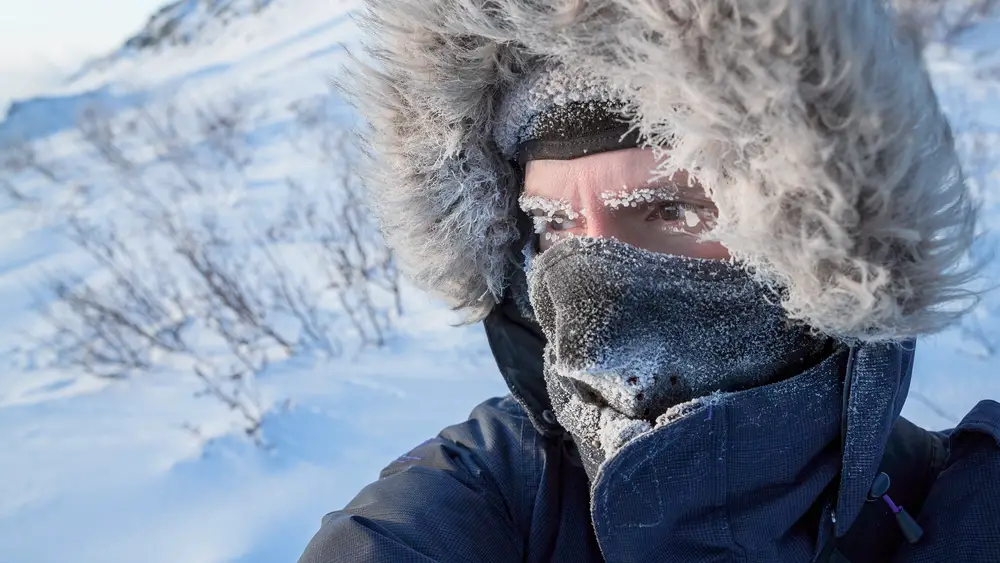
Antarctica’s untouched beauty and extreme conditions make it a beacon for explorers seeking the ultimate adventure. Polar expeditions here are grueling, requiring not only physical stamina but also mental resilience to withstand the harsh environment. The cold is relentless, and the isolation can be daunting, making it a challenge even for seasoned adventurers. One expedition turned tragic when a member succumbed to hypothermia after getting separated from the team. This incident highlights the unforgiving nature of polar exploration, where even small errors can have deadly consequences.
The allure of being among the few to set foot on the Earth’s southernmost continent is undeniable. However, the challenges of navigating the frozen landscape are immense. Whiteout conditions and treacherous ice make it a constant battle against the elements. The need for meticulous planning and robust survival skills cannot be overstated. Despite the risks, the sense of discovery and the allure of the unknown continue to draw explorers to Antarctica’s icy expanses.
9. Climbing Mount Everest Without Supplemental Oxygen
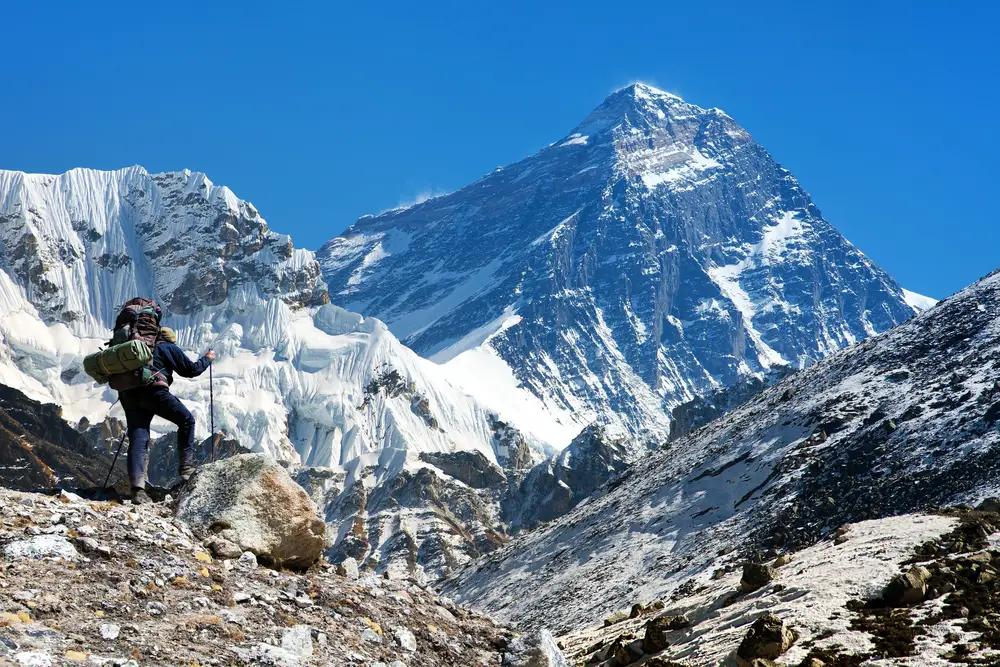
Climbing Mount Everest is already a dangerous feat, but attempting it without supplemental oxygen takes the risk to another level. The “death zone” above 8,000 meters leaves climbers vulnerable to hypoxia, frostbite, and cerebral edema. Many experienced climbers have perished due to the body’s inability to adapt to such extreme altitudes without additional oxygen. One mountaineer collapsed just below the summit after pushing past their limits in an attempt to achieve this milestone. Even with modern gear, Everest remains one of the most unforgiving environments on Earth.
The quest for Everest’s summit without oxygen is seen as the ultimate badge of honor among elite climbers. However, the body’s decline at such heights is swift and merciless. Mental clarity fades, decision-making deteriorates, and even minor mistakes become fatal. Rescue is nearly impossible at these altitudes, leaving climbers solely reliant on their preparation and resilience. This pursuit underscores the brutal reality of high-altitude mountaineering.
10. Kayaking Over Niagara Falls
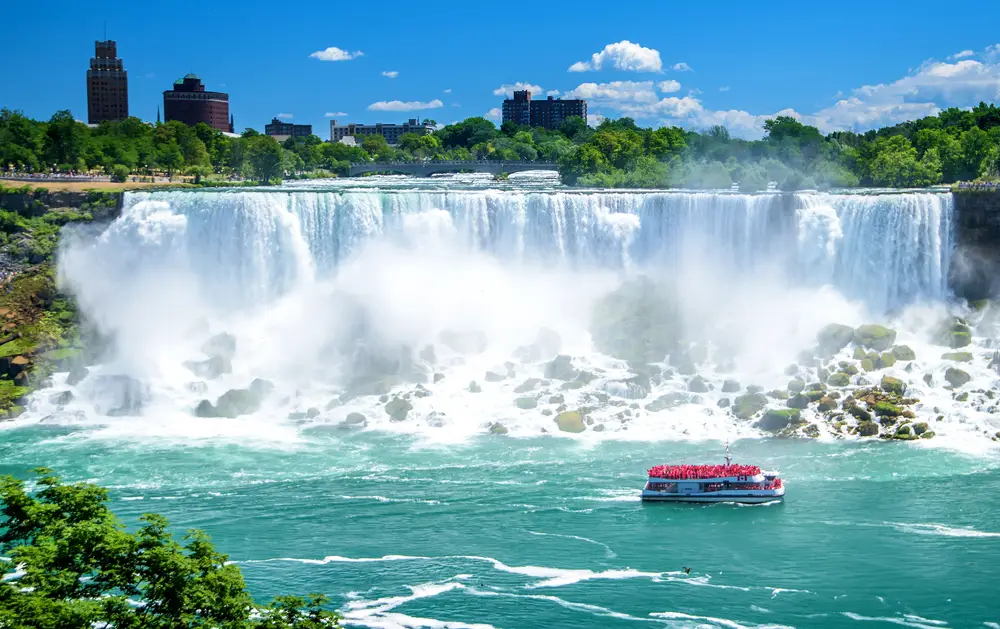
Niagara Falls has long attracted daredevils seeking to conquer its raging waters. While some have survived stunts in barrels, attempting to kayak over the falls is an entirely different level of risk. One adventurer misjudged the currents, leading to a fatal plunge over the Horseshoe Falls. The force of the water makes survival almost impossible, with crushing pressure and submerged hazards waiting below.
The allure of Niagara’s raw power draws thrill-seekers despite its deadly reputation. Even experienced kayakers underestimate the chaos and unpredictability of the currents. The falls do not forgive miscalculations; the violent force beneath the surface poses risks few people live to tell about. This tragedy serves as a stark reminder of nature’s dominance over human daring.
11. Climbing Active Volcanoes

Climbing active volcanoes like Mount Merapi in Indonesia offers a unique adrenaline rush—until it doesn’t. One climber was caught in a sudden eruption, engulfed by toxic gases and burning ash. Despite monitoring efforts, volcanic activity can change in an instant, turning an exhilarating climb into a deadly trap. The volatile nature of these mountains makes them among the most unpredictable environments on Earth.
Adventurers are drawn to volcanoes for their beauty and danger, but the risks often outweigh the rewards. Lava flows, ash clouds, and poisonous gases can emerge without warning. Protective gear offers limited defense against nature’s fury. These fatal climbs highlight the gamble of taking on forces beyond human control.
12. Whitewater Rafting In The Grand Canyon During Flood Season

The Grand Canyon’s Colorado River offers some of the most thrilling whitewater rapids, but it turns deadly during flood season. One rafting group was caught in a flash flood, their raft capsizing in the turbulent water. Despite life vests and experience, the sheer power of the water overwhelmed them, leading to tragic losses. The canyon’s beauty often masks the hidden dangers beneath its surface.
Whitewater rafting carries inherent risks, but floodwaters amplify every hazard. The rapids become unpredictable, debris lurks beneath the surface, and rescue becomes nearly impossible in remote stretches. Even seasoned guides can find themselves at nature’s mercy. These tragedies remind us how quickly adventure can turn to catastrophe.
13. Shark Cage Diving Gone Wrong

Shark cage diving is meant to provide a safe thrill, but accidents still happen. One diver’s cage malfunctioned, allowing a great white shark to breach the bars. The encounter ended fatally, highlighting the unpredictable nature of wildlife encounters, even when precautions are in place. The ocean’s apex predators do not adhere to human expectations.
Adventurers often trust in technology and guides to keep them safe, but nature sometimes proves otherwise. Equipment failures, miscalculations, and animal behavior can combine in deadly ways. Even with the allure of close encounters, the risks are very real. This tragedy serves as a sobering reminder of the limits of human control in wild environments.
